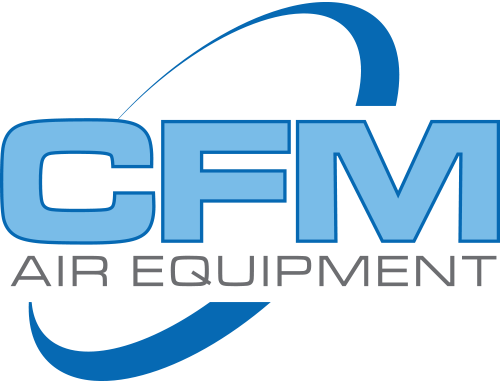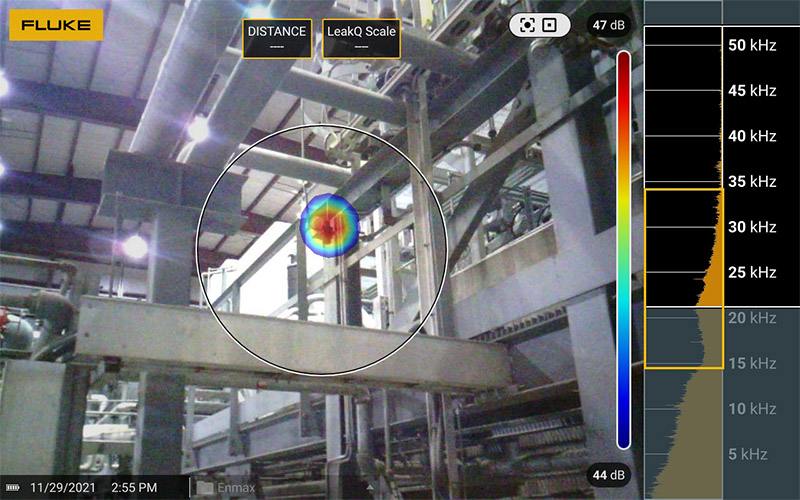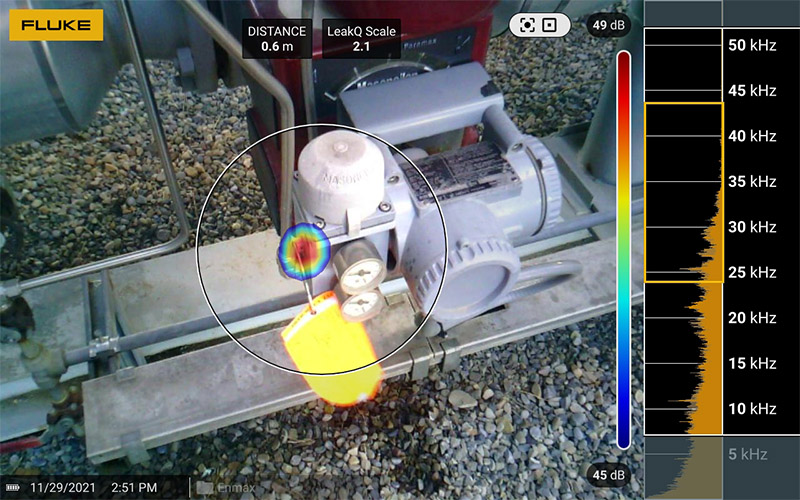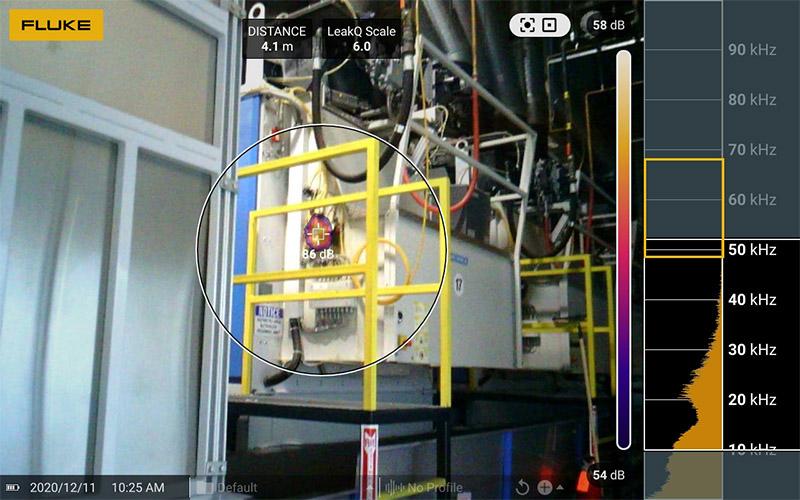ENERGY SAVINGS
Energy Savings Solutions
Compressed air is not cheap to produce, and therefore it can make up a big part of your monthly energy bill. It takes approximately 7 volumes of air (at atmospheric pressure) to produce 1 volume of air at elevated pressure (100 psig). This in turn means the energy consumed can equal 76% of the total operational lifetime cost. The other 34% is made up of the original cost, installation and maintenance. Most facilities can save 10%-20% of their compressed air energy costs by performing routine maintenance, fixing air leaks, lowering air pressure, and replacing clogged filters. Even higher savings numbers can be gained by choosing better compressor control, adding storage receiver capacity, and upgrading air dryers and filters.
Compressed Air Assessment
Compressed air needs are defined by the air quality, quantity, and level of pressure required by the end uses in your facility. Analyzing needs carefully will ensure that a compressed air system is configured properly. The higher the quality, the more the air costs to produce. Higher quality air usually requires supplementary equipment, which not only increases original capital investment, but also makes the overall system more expensive to operate in terms of energy consumption and maintenance costs.
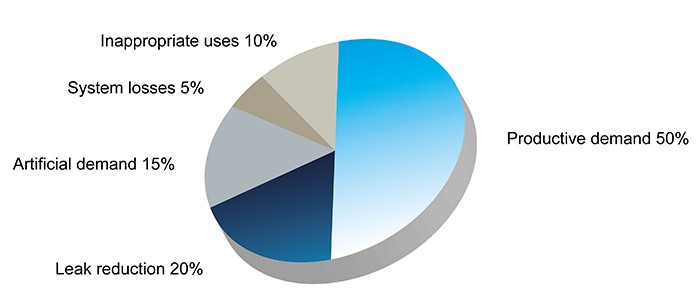
Evaluating your compressed air system is the first step in improving its energy efficiency performance. The initial evaluation involves a one time concentrated effort supplemented by ongoing focused spot checks. It should take a systems approach — that is an examination of individual components, and how they interact. Once the important operating parameters of the complete system are measured, and the operation of the system well understood, the areas requiring attention will come into focus. Supplementary improvement efforts need to focus primarily on the deficiencies identified during the initial assessment, together with ongoing monitoring of air leaks, system pressures, flows, temperatures, air quality, energy consumption and system control set points.
The common steps in establishing a compressed air system improvement program include:
- Gathering equipment nameplate data, receiver volumes, piping sizes and lengths and creating a drawing of the system.
- Establishing a baseline by measuring the current compressed air performance levels.
- Establishing required performance levels for system pressure, power consumption, and air quality.
- Analyzing performance data, reviewing operating history, gathering and calculating operating costs to identify areas that require improvement.
- Assessing alternative system configurations and other improvement measures to determine the best technical and economic options.
- Determining the best technical and economic options to optimize the sub-components.
- Devising a plan to implement the improvements for ongoing optimization.
- Examining maintenance and purchasing practices.
- Factoring in current deficiencies and future facility requirements for compressed air.
- Asking yourself if there is a better way to supply and use compressed air.
Once measurements are taken and performance standards established, the data can be analyzed to determine if the system is meeting the facility’s needs. The analysis will point to areas of deficiency and identify potential opportunities for improvement.
Air Leaks
Leaks can be a significant source of wasted energy in an industrial compressed air system, sometimes wasting 20-30% of a compressor’s output. A typical plant that has not been well maintained will likely have a leak rate equal to 20% of total compressed air production capacity. On the other hand, proactive leak detection and repair can reduce leaks to less than 10% of compressor output.
In addition to being a source of wasted energy, leaks can also contribute to other operating losses. Leaks cause a drop in system pressure, which can make air tools function less efficiently, adversely affecting production. In addition, by forcing the equipment to cycle more frequently, leaks shorten the life of almost all system equipment (including the compressor package itself). Increased running time can also lead to additional maintenance requirements and increased unscheduled downtime. Finally, leaks can lead to adding unnecessary compressor capacity.
Since air leaks are almost impossible to see, CFM utilizes an ultrasonic leak detector and Fluke II910 thermal imaging camera to locate them. Both methods recognize the high frequency hissing sounds associated with air leaks. This allows us to listen to the leak, as well as visually estimate the size of the leak. Even if the leak is 30 feet high in the ceiling. We can then determine the costs that are associated with the air leaks and work on a plan of action on how to repair them.
Variable Speed Air Compressors
Most compressed air system have varying loads and it is often more effective and efficient to apply multiple compressors to meet changing demand. In cases where the demand profile changes more rapidly and frequently , variable speed compressor may also be recommended. By varying the frequency of the input electricity to the motor, these compressors speed up and slow down to match their air output to your demand. This can reduce the electricity costs since their electrical consumption varies directly with air production. The variable frequency drives also mean fewer start/stops, which means less frequent loading and unloading of the compressor. This in turn means less wear and tear on important mechanical parts
Compressed Air Filtration
Compressed air filters downstream of the air compressor are generally required to remove contaminants, such as particulates, condensate, and lubricant. Numerous choices for filtering exist depending on the cleanliness of the air required.
A given filter pressure differential increases to the square of the increase in flow though it. This filter differential increases the compressor energy required to produce a fixed downstream pressure.
For oil and particulate filters, use filtration only to the level required by each application. Filter differential should be carefully monitored and filter elements replaced in accordance with manufacturers’ specifications or when pressure differential causes excessive energy consumption. Accurate pressure differential gauges should be used to monitor pressure differential. Be aware that excessive filter differential often causes higher compressor energy consumption due to short cycling of the compressor.
Flow Controllers
Flow Controller is the concept of controlling the demand side of a compressed air system, utilizing an Intermediate Control® flow device. An Intermediate Control® monitors and stabilizes air pressure by adjusting flow. The l/C releases air from storage to maintain a continuous, optimal air pressure supply. The result of using a Flow controller is reduced waste from leaks and constant air for production.
Zero Loss Drains
Zero loss drains are designed to remove condensate from the system without any air-loss during the condensate discharge cycle. From fully programmable electronic drains to pneumatically operated drains there are many different models that can fit a variety of situations. Most importantly you are saving compressed air, which is saving you money.
Master System Controller
The new generation of compressed air system control is here with Sigma Air Manager 4.0. Using its adaptive 3Dadvanced Control, SAM 4.0 makes air generation and treatment even more intelligent, reliable, and efficient.
- 3Dadvanced Control analyzes all operating data on an ongoing basis, simulates alternative actions, and calculates the perfect combination of compressors, blowers, or vacuum units to meet demand.The result: Unprecedented energy efficiency.
- Remote monitoring with secure network technology to view system performance from any PC.
- Predictive Maintenance by Kaeser specialists prevents unplanned downtime.
And if you have big plans for the future: SIGMA AIR MANAGER 4.0 is designed to grow with your system. A simple software upgrade allows expanding the master controller without the need for additional investment in new hardware.
